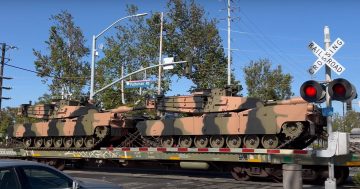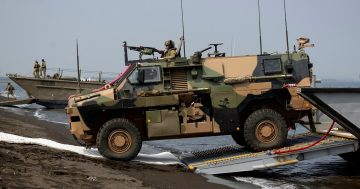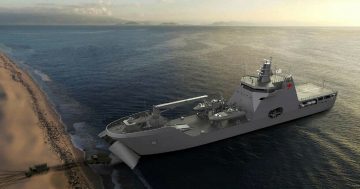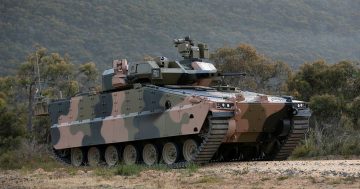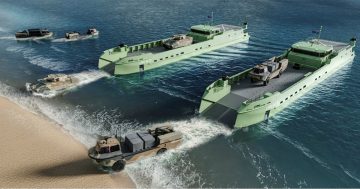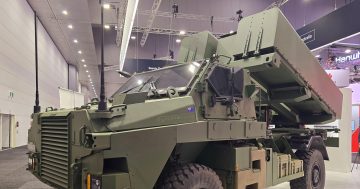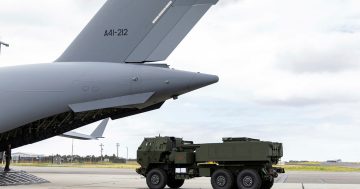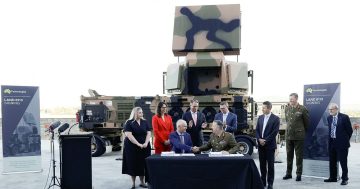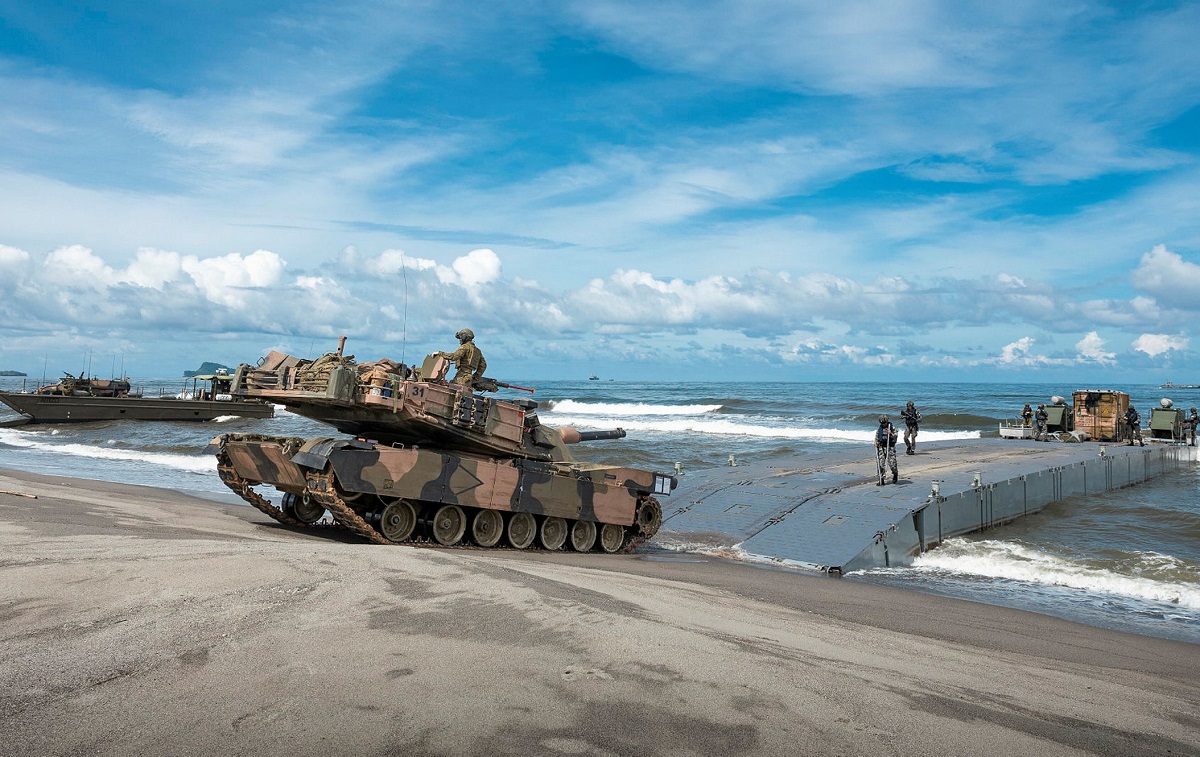
The Army’s heavy armour will be consolidated in Townsville with 3rd Brigade. Photo: ADF.
In the wake of recommendations made in April’s Defence Strategic Review (DSR), the Australian Army will undergo structural and geographical changes to prepare for a raft of new equipment expected to enter service from 2024.
Although the public version of the DSR was short in detail, it said the “Army should be structured and postured in accordance with the land domain force structure design priorities outlined in the review”.
Part of that force structure includes a greater emphasis on long-range fires (artillery), air defence, and the ability to effectively manoeuvre in the littoral (coastal) regions of Australia’s north. To facilitate these, some Army brigades – units typically made up of about 3000 personnel – will be downsized or upsized, while others will assume new roles.
The new structure will be better matched to the Army’s future mission which will be the defence of Australia, rather than providing rotations of troops to Afghanistan or Iraq as in the previous two or three decades, or supporting peacekeeping missions such as those in Timor Leste or the Solomon Islands.
“These changes to Army are about responding to the recommendations of the Defence Strategic Review to maintain peace, security and prosperity in our region,” Deputy Prime Minister and Defence Minister Richard Marles said in a 28 September release. “Our Army has always played a vital role in the defence of our nation and will continue to do so as it adapts to the challenges of our times.”
The littoral manoeuvre mission will see the Army provided with the means to deploy personnel, armoured vehicles and fires units across Australia’s north using medium and large amphibious littoral manoeuvre vessels (LMV).

Army’s new E-NASAMS air defence systems will be based in Adelaide with the newly established 10th Brigade. Photo: KONGSBERG.
To this end, the DSR recommended the Project LAND 8710 Phase 1A LMV-Medium and Phase 2 LMV-Heavy be accelerated. The tender for Phase 1A closed in mid-2022 and the winning design is expected to be announced by the end of 2023 or in early 2024, while the LMV-H will follow about two years later. The LMVs will be under the command of a new littoral combat brigade located in Darwin, North Queensland, and Brisbane
The DSR also recommended the planned acquisition of the HIMARS long-range rocket artillery systems be accelerated and expanded through Project LAND 8113 Phase 1, and a new 10th Brigade will be established in Adelaide from early 2025 to operate HIMARS.
The 10th Brigade will also operate the new Raytheon/Kongsberg Enhanced NASAMS short-range ground-based air-defence system being acquired under LAND 19 Phase 7B, the first units of which were recently delivered to Army to prepare for fielding from 2024. The Adelaide-based 1st Armoured Regiment will be ‘re-roled’ as an innovation and experimentation unit to deliver and integrate emerging technologies.
From 2025, the 9th Brigade will relinquish its armoured vehicles and change its role from an armoured combat brigade to a security and response brigade. The Army’s M1A1 Abrams tanks, Boxer Combat Reconnaissance Vehicles (CRV), the new Redback Infantry Fighting Vehicles (IFV), and Huntsman Protected Mobile Fires (PMF) armoured vehicles will be consolidated in Townsville under the 3rd armoured littoral combat brigade.
The Darwin-based 1st Combat Brigade will be downsized to a Light Combat Brigade equipped with Bushmaster and Hawkei Protected Military Vehicles (PMV) and will be optimised for littoral operations.
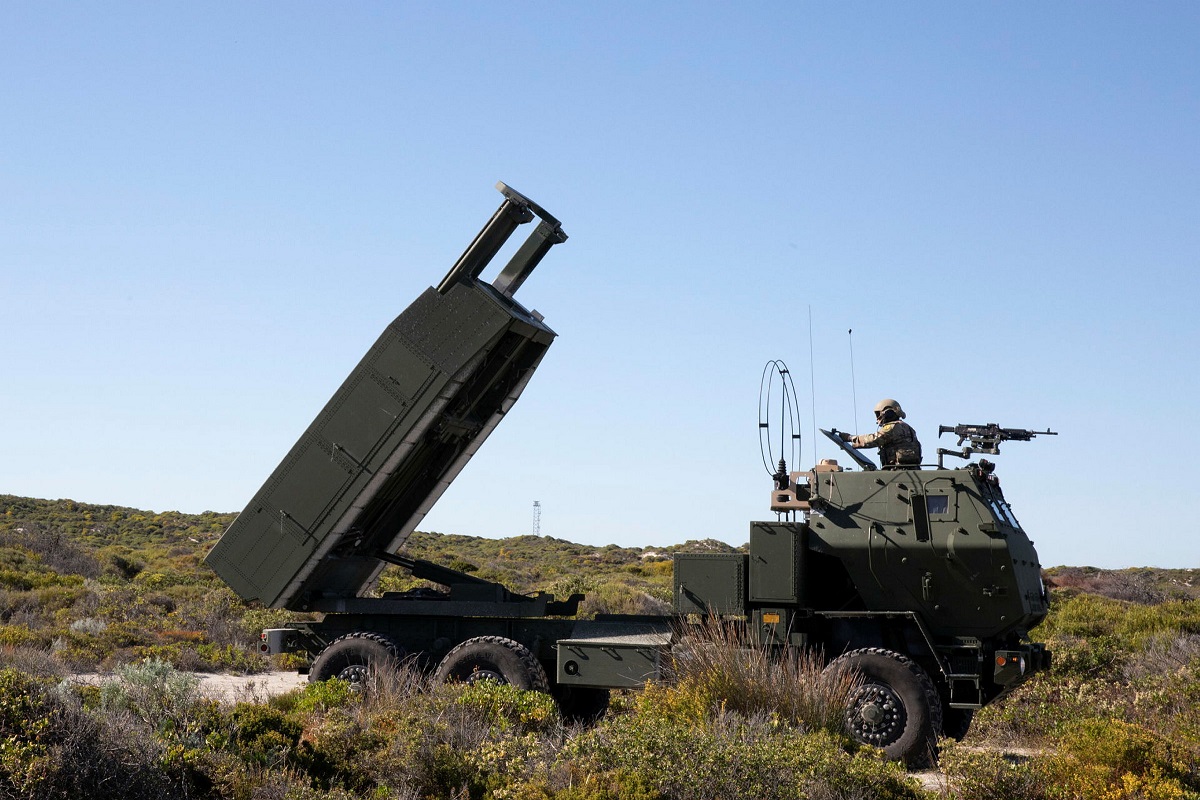
Adelaide-based 10th Brigade will also operate the Army’s new HIMARS long-range fires capability. Photo: ADF.
Brisbane-based 7th Brigade will also be downsized, relinquishing its M1A1 tanks and becoming a motorised combat brigade equipped with Boxer CRVs, and Bushmaster and Hawkei PMVs.
Importantly, the army says it will seek to minimise the impact on regular posting cycles as much as possible. In some cases, it will wait until the end of a cycle before making a move, allowing personnel to move earlier if they can, or to possibly stay in their current basing location and transfer to another unit.
“These changes involve some hard decisions, but these decisions are necessary to build the Army Australia needs,” Mr Marles said. “This will mean Army has a concentration of people and capabilities in Australia’s north, making it easier to deploy for training, major exercises or to support our partners and allies in the region.”
Acting Chief of Army Major General Richard Vagg said the moves were about organising Army to train as it would fight and making the most of the resources it had been assigned.
“These changes will deliver world-class, relevant and credible combat capabilities that are focussed and optimised for operating in the littoral environments of our region, on land, at sea and in the air,” he said. “Our aim is to limit the disruption to our people and their families as we make these important changes.”
Original Article published by Andrew McLaughlin on Riotact.


